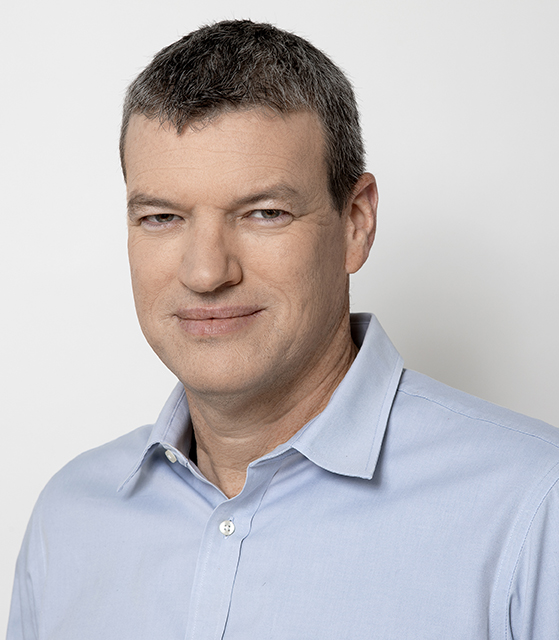Can Technology be an Equalizer? Using Innovation to Tackle Healthcare Disparities

The COVID-19 pandemic has exacerbated healthcare disparities across the globe. These disparities are easily identified when you compare patients across different characteristics such as gender and geographical location of care. Fortunately, recent technological innovations have the potential to become tools to help make care more equal.
One tool that can expand access to care for patients with cardiovascular disease (CVD) is point-of-care ultrasound (PoCUS). This technology captures ultrasound images using a low-cost probe, paired with a tablet or smartphone, to allow any healthcare professional to diagnose patients at their bedside. PoCUS is helpful in high-stress situations that require quick decisions to eliminate possible diagnoses and implement an intervention to manage dangerous symptoms.
This capability is especially relevant in under-resourced settings. For example, in rural areas within the United States, early-onset CVD has markedly worse outcomes than in other regions. These are settings in which people are less likely to seek out pre-emptive care due to their distance from healthcare facilities. In addition, there are limited resources available at those facilities for a swift diagnosis and effective treatments.
Another complicating factor in populations experiencing healthcare disparities is that patients are concerned about invasive medical procedures. When people aren’t accustomed to receiving advanced medical care, they often lack trust in the healthcare system. Non-invasive procedures such as PoCUS can help ease that anxiety.
While there are many benefits of PoCUS, acquiring ultrasound images is difficult for the inexperienced or occasional user and can contribute to inconsistent or low-quality ultrasound images. Proper training is essential.
Artificial intelligence (AI) can help with the training of healthcare professionals in PoCUS across diverse settings. This software guides users through the process of imaging. Using AI software, healthcare professionals can assess the quality of the image and identify the correct positioning of a probe for an optimal view of the heart.
This guidance is incredibly helpful in places where there is inadequate training of support staff. In cases when time is of the essence and physicians are in high demand, the ability for support staff to effectively perform an AI-assisted procedure can save patient’s lives. Physicians will naturally make the final assessment and determination of care, but other healthcare professionals can do the preliminary work of capturing images for their consideration.
Another one-two punch of imaging and AI that can be used for cardiac care is being developed by Verily, a subsidiary of Google. The technology is based on the ability to diagnose CVD by viewing the rear interior wall of the eye where a network of blood vessels is hidden. Healthcare providers can take photographs of the eye with inexpensive camera technology and use AI to help analyze and categorize the results to reveal signs of heart disease.
Initial results show that when presented with retinal images of two patients, the technology was able to predict with 70% accuracy which patient will suffer a heart complication such as high blood pressure in the next five years.
This technology can be helpful towards addressing disparities seen in women compared to men. In the earlier phases of cardiovascular disease treatment, women are more frequently assigned to a lower risk disease category, receive less intensive medical therapy, both pharmacologic and invasive, and less frequently see escalations of care.
With Verily’s technology, the chance of misdiagnoses made in the early phases of CVD care can be reduced, and the ability to predict complications can improve treatment over the course of the disease—especially with women. Additionally, physicians may be able to simultaneously assess a patient’s eye health while checking to see if there are comorbidities related to their heart health.
By combining the technology of imaging and AI, hospitals can address challenges in cardiac care that arise from a variety of factors contributing to disparities. However, this technology is just one approach to a specific category of medicine and there are many reasons for disparities with problems that far exceed the current reach of technology.
At the same time, we must start somewhere. One thing we can count on is that technology will shape the future of healthcare and hold the promise of ameliorating disparities so that there is greater equity of care for patients everywhere.